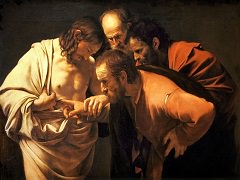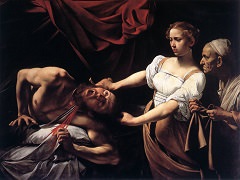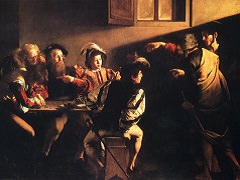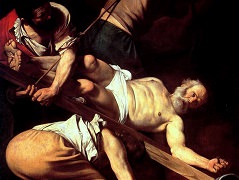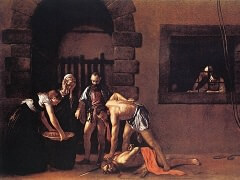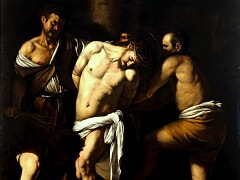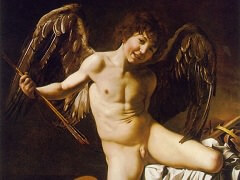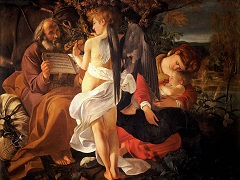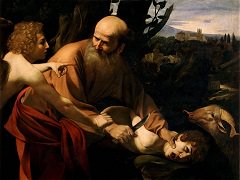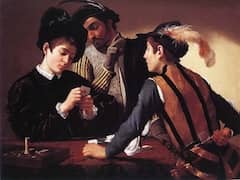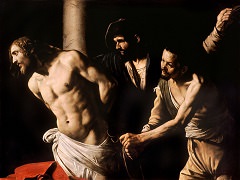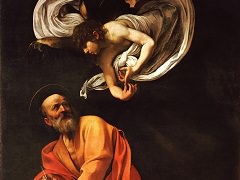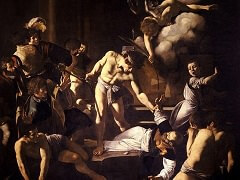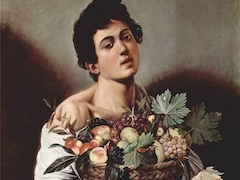Youth with a Ram, 1602 by Caravaggio
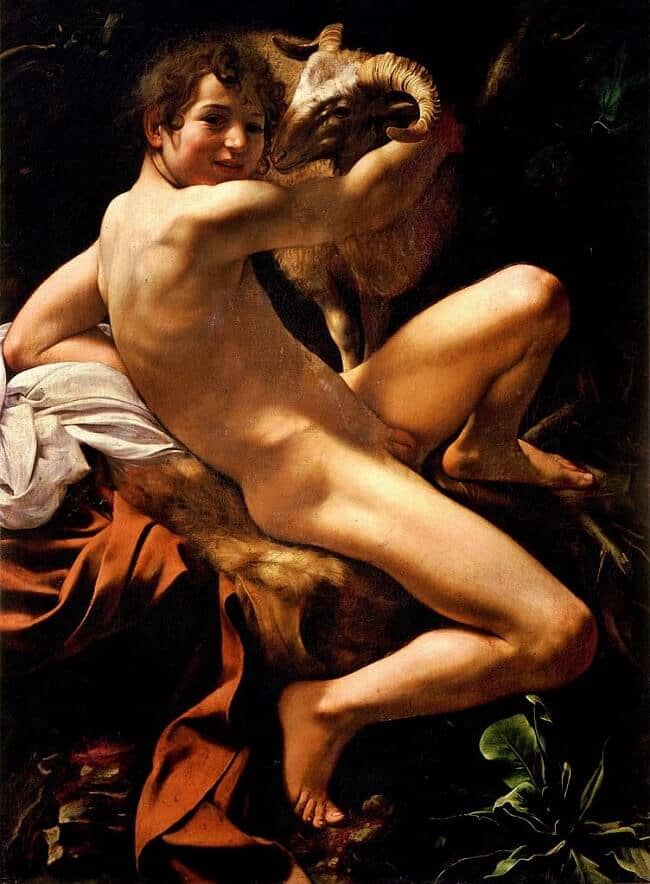
In Caravaggio's painting Youth with a Ram, the boy is generally referred as Saint John the Baptist. But the difficulty is that this youth is not acceptable as a sacred Christian figure. He is not androgynous, like the Bacchus, but he is nearly as challenging and even more openly erotic. One has only to imagine replacing the ram with a leering old man to become aware of the picture's potential indecency. Friedlaender faced up to this ambiguity and explained it as "persiflage" directed at Michelangelo. His Sistine Chapel ignudi inspired the pose, probably through Cherubino Alberti's engraving of 1585. Recent scholars have searched sixteenth-century literature for means of bowdlerizing the image by translating the ram into a symbol - of the cross or of divine love - and Cardinal del Monte may have done no less. But the ram can also symbolize lasciviousness, and the boy's extraordinary pose, half-reclining with his legs spread like Leda awaiting her swan's attentions, his facial expression discreetly veiled in shadow but mocking, the caresses bestowed on his body so lovingly by the light - to say nothing of the painter's brush - all defeat propriety. He may have been accepted as Saint John, but he is a pagan little tease, uncontaminated by Christian sentiment.
When Caravaggio painted the canvas is hardly less puzzling than how he managed to pass this boy off as Christ's cousin, if he did in fact.

